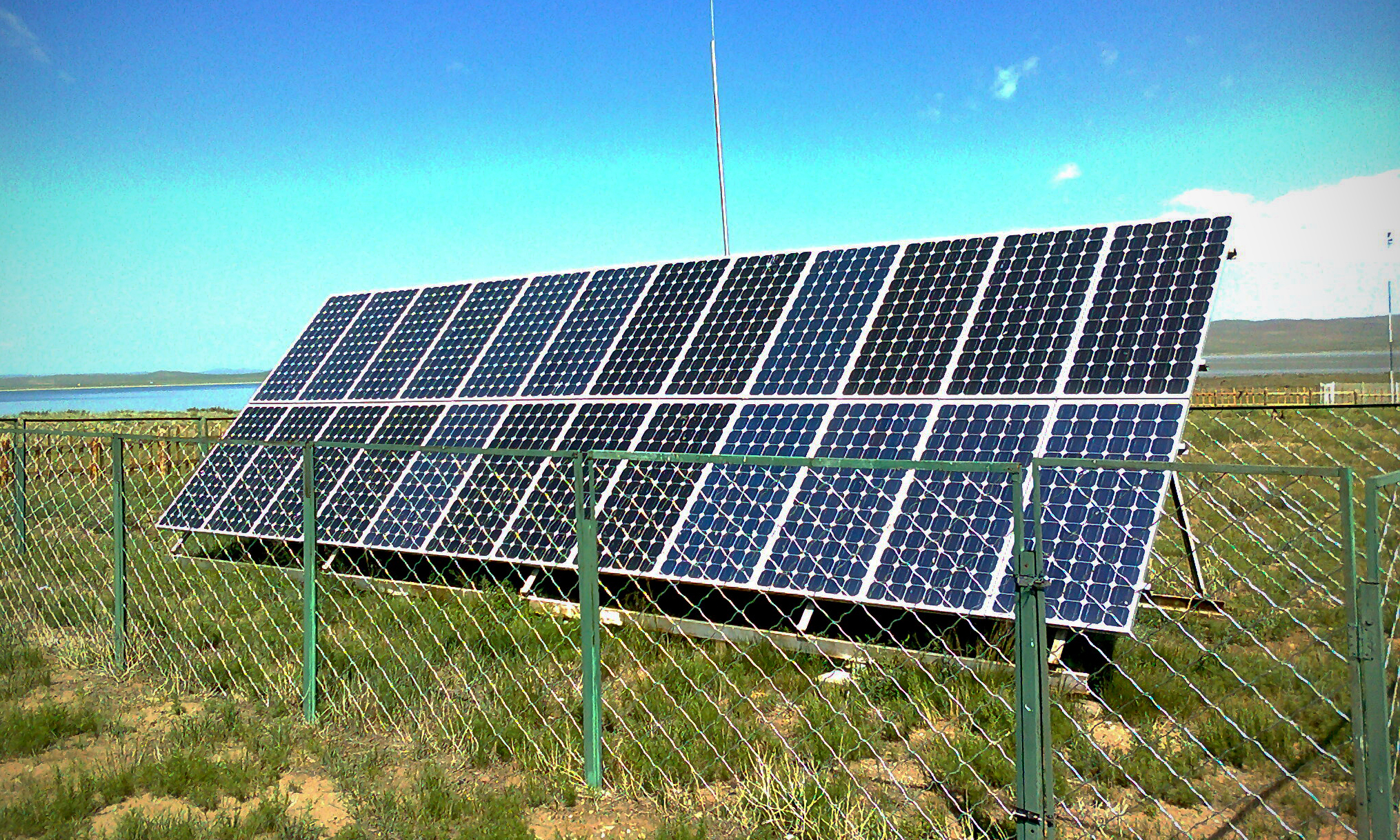HomeNews on emerging marketsArticle Detail

India is All Set to Run a Marathon in the Solar Energy Arena
June 8th, 2016By - CEM Team
With the slew of measures taken up by the Government of India to reduce the dependency on the traditional sources of energy & reducing the carbon emission, it has set up an ambitious target of 100 GW of solar energy capacity by 2022. The government is leaving no stone unturned to achieve this target by taking all the possible steps such as providing 20-25% subsidy for any manufacturing including poly-silicon, assured procurement orders for say 4-5 years, providing all clearances with no land issues along with the centralized services and connectivity for all the 33 solar parks spanning across 21 states, Foreign Direct Investment (FDI) up to 100% - permitted under the automatic route for renewable energy generation and distribution projects etc.
With the backdrop of all the incentives provided by the government, the solar production has already increased to 6.7GW in FY 2016 from 1GW in FY 2012. India stands among the top in the world in terms of solar irradiation with an average per square meter reading of 5.1 kilowatt hours (KwH) which is higher than the countries like US (4.7 KwH), Germany (2.9 KwH), Japan (3.65 KwH) etc., all of which are way ahead in terms of solar installed capacity than India. As per secretary, Ministry of New and Renewable Energy, Mr. Upendra Tripathy, India imports about 70% of solar panels from China and around 13-14% from Malaysia, which clearly indicates the kind of scope India has for in house production.
In terms of the investments, India has successfully garnered huge amounts from international bodies such as $500 million from World Bank via State Bank of India, $500 million from ADB via Punjab National Bank, $250 million from New Development Bank via Canara Bank & KFW for 1 billion Euros for 40,000 mw rooftop solar projects. For raising the capital to support the solar initiatives, Government has a plan to issue the Green Bonds as an investment option, with a special feature that the amount invested in such bond will be exempted from the taxes.
The country is determined to reduce the carbon emissions intensity of its GDP by 33 to 35 per cent by 2030 from 2005 level according to the Intended Nationally Determined Contribution (INDC), an international climate agreement. According to the study, each solar megawatt produced can save up to two lives & is capable of removing 50 cars from the road. With the noble aim to giving a green world to the coming generations, the country seems to be all set to run the marathon.
Sources: Thehindu, makeinindia & energyinfrapost.com
Categories
Recent Article
India on the Route to Become a Zero Petroleum Import Country
By - CEM Team
With the Indian government aggressively rolling out plans and building infrastructure for increased power generation capacity using renewable sources,...Read more
Vehicle Scrapping Policy to Grow Indian Auto Industry Sales By 22%
By - CEM Team
Indian road transport ministry has been working on the implementation of the vehicle scrapping policy. Nitin Gadkari - Road, Transport and Highwa...Read more
Utilization Gap of Indonesia Geothermal Energy | Magnet to Global Investor Attention
By - CEM Team
Holding a significant 40 percent of the world's total geothermal reserves, Indonesia – the largest South East Asian economy currently utiliz...Read more
French Interest In Indian Market Bets Another Euro 8 Billion
By - CEM Team
With a continued investment interest from European countries towards Indian market, France holds its position high with an investment of Euro 8 bil...Read more
Indonesia’s Economy Is Impressive, And So Is Its Oil Industry
By - CEM Team
Indonesia’s strong economy is indicative of a healthy business ecosystem in the country. Indonesia is now the biggest economy in South East A...Read more



